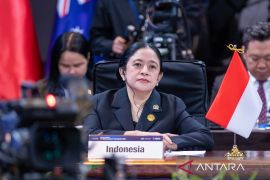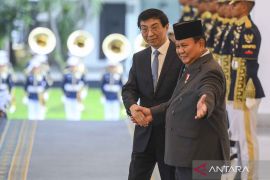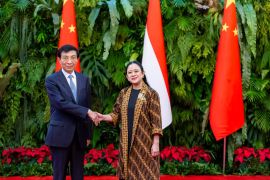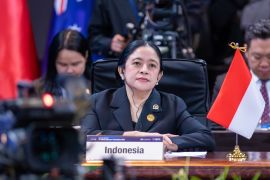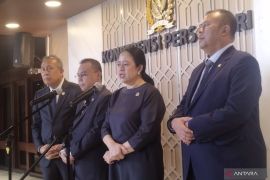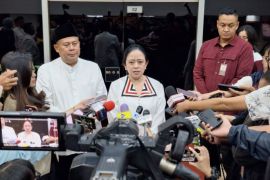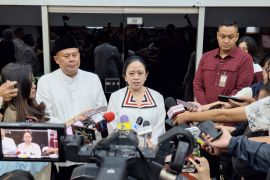The minister lauded the UNESCOs decision to inscribe the dance forms on the Representative List of the Intangible Cultural Heritage of Humanity by the Intergovernmental Committee for Safeguarding the Intangible Cultural Heritage.
The inclusion of the Balinese dance forms in the UNESCO World Heritage could help promote Indonesias tourism internationally.
The decision was made by the Intergovernmental Committee for Safeguarding the Intangible Cultural Heritage that comprises 24 countries.
Balinese traditional dance forms depict moral and religious values that could serve as a media to implement the mental revolution program.
The coordinating minister hoped that UNESCOs recognition would encourage the Indonesian people to preserve the countrys culture and traditions.
The UNESCO Intangible Cultural Heritage published on its website that three genres of traditional Balinese dance were sacred, semi-sacred, and that meant for enjoyment by communities at large.
Traditional Balinese dance forms are performed by men and women dancers dressed in traditional costumes comprising brightly colored clothes painted with gold floral and faunal motifs, with gold-leafed and ornate accessories.
The dance forms are inspired by nature and symbolize specific traditions, customs, and religious values.
They combine a variety of different movements, including a basic posture wherein the knees are bend outwards and the stomach held in, locomotive movements in different tempos and directions, transitional movements with dynamic changes, and facial expressions with eye movements revealing happiness, sadness, anger, fear, and love, all of which are accompanied by the music of the "gamelan."
In addition to being technically skilled dancers, performers must have the charisma, humility, discipline, and a special spiritual energy that enlivens the performance.
In Balinese communities, the knowledge on these dance forms are mainly imparted informally to children since an early age within groups.
Training starts with basic dance movements and positions and then advances to more intricate dance moves.
The sessions continue until the students have memorized the sequence of movements.
Traditional Balinese dance forms provide the participants with a solid cultural identity grounded in the understanding that they are safeguarding the cultural heritage of their ancestors, according to the UNESCO.
(T.W004/Uu.F001/INE/KR-BSR/A014)
Editor: Priyambodo RH
Copyright © ANTARA 2015

